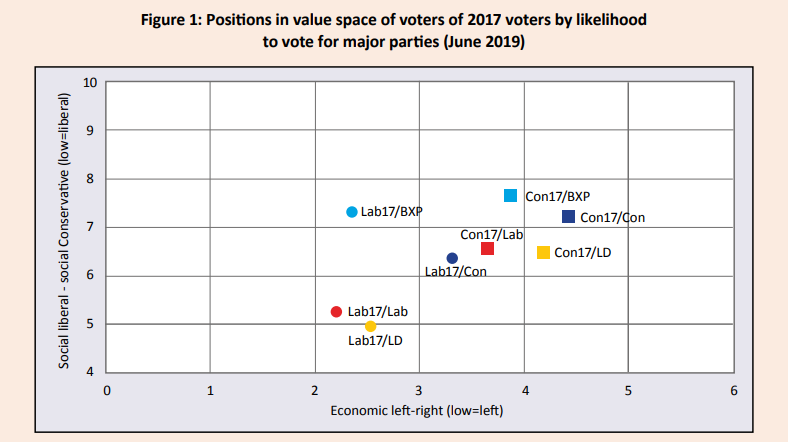
A snippet from the Rotherham Borough Council vote validation via rotherham.gov.uk/elections-voti… 

We are reading so much into what 'Red Wall' and other voters think from the votes of < 1/3rd of voters who are far from a random sample of voters in a given area.
It is information to use, but it is a long way from perfect information and should be used with caution.
It is information to use, but it is a long way from perfect information and should be used with caution.
Also is it too much to ask that councils reported this in a standardised way?
While Cambridgeshire seem to have an proper elections nerd working on theirs
elections.cmis.uk.com/election/elect…
elections.cmis.uk.com/election/elect…

• • •
Missing some Tweet in this thread? You can try to
force a refresh










